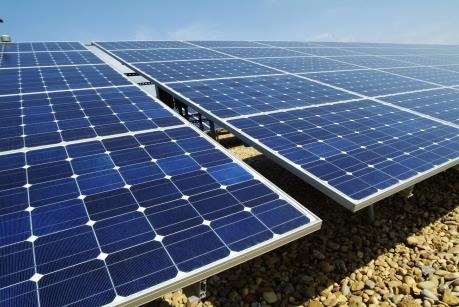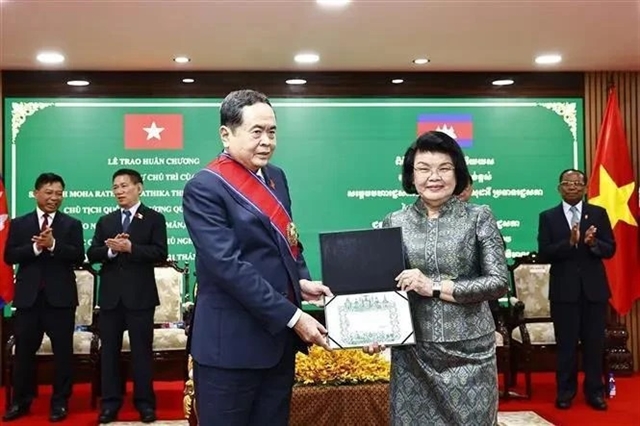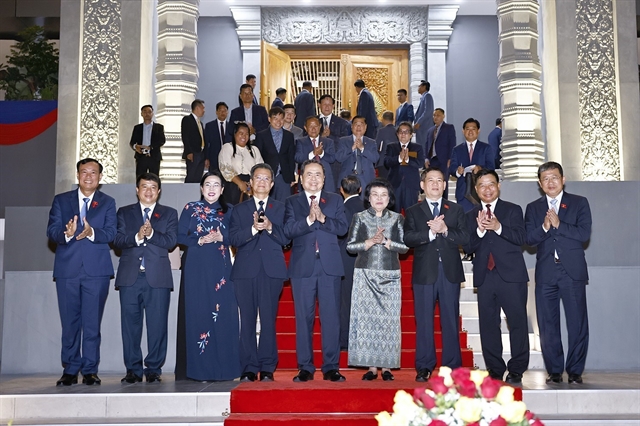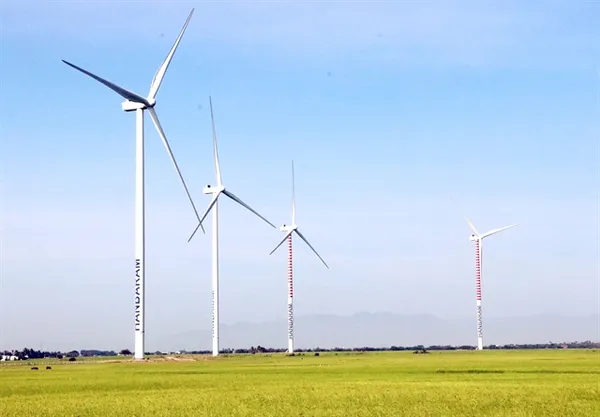 Economy
Economy

The People’s Committee of Ninh Thuận Province has granted investment licences to nine solar power projects worth more than VNĐ12 trillion (US$527.4 million).
 |
| Ninh Thuận Province has good solar energy potential, with an average of 2,600-2,800 sunshine hours per year. — Photo bnews.vn |
NINH THUẬN — The People’s Committee of Ninh Thuận Province has granted investment licences to nine solar power projects worth more than VNĐ12 trillion (US$527.4 million).
The construction of the projects will commence in the second and third quarters of 2018 and will be completed at the end of 2019, with a capacity of nearly 500MW.
Speaking at a ceremony to grant the licences, held in the south-central locality on Thursday, chairman of the provincial People’s Committee Lưu Xuân Vinh urged investors to speed up the implementation of the projects and ensure quality and labour safety.
They were asked to pay attention to generating jobs for the local people and boosting close ties with the locality.
Vinh said the local authorities would accompany and create optimal conditions for businesses as well as support them with land clearance and compensation.
Enterprises are encouraged to invest in renewable energy, he added.
Deputy director of the provincial Department of Planning and Investment Trương Xuân Vỹ stressed that 41 firms were set up in May 2018, raising the total number of newly established businesses in Ninh Thuận in the first five months of this year to 197, with a total investment of more than VNĐ5.2 trillion ($228.2 million), up by 12.6 per cent in number and 2.1 times in registered capital.
So far, the province has 15 wind power projects and 27 solar power projects, with designed capacities of nearly 800MW and over 1,808MW, respectively.
The Prime Minister and the Ministry of Industry and Trade have agreed to include these projects in the national power development scheme.
Ninh Thuận is a typically hot and dry area in the south-central part of Việt Nam. It is less affected by storms than other areas in the country and has emerged as the renewable energy centre in Việt Nam. The province has good solar energy potential, with an average of 2,600-2,800 sunshine hours per year.
Authorities are finalising a master plan for solar energy from 2016 to 2020 with a vision to 2030, which aims to generate some 2,000MW of electricity by 2020. — VNS









